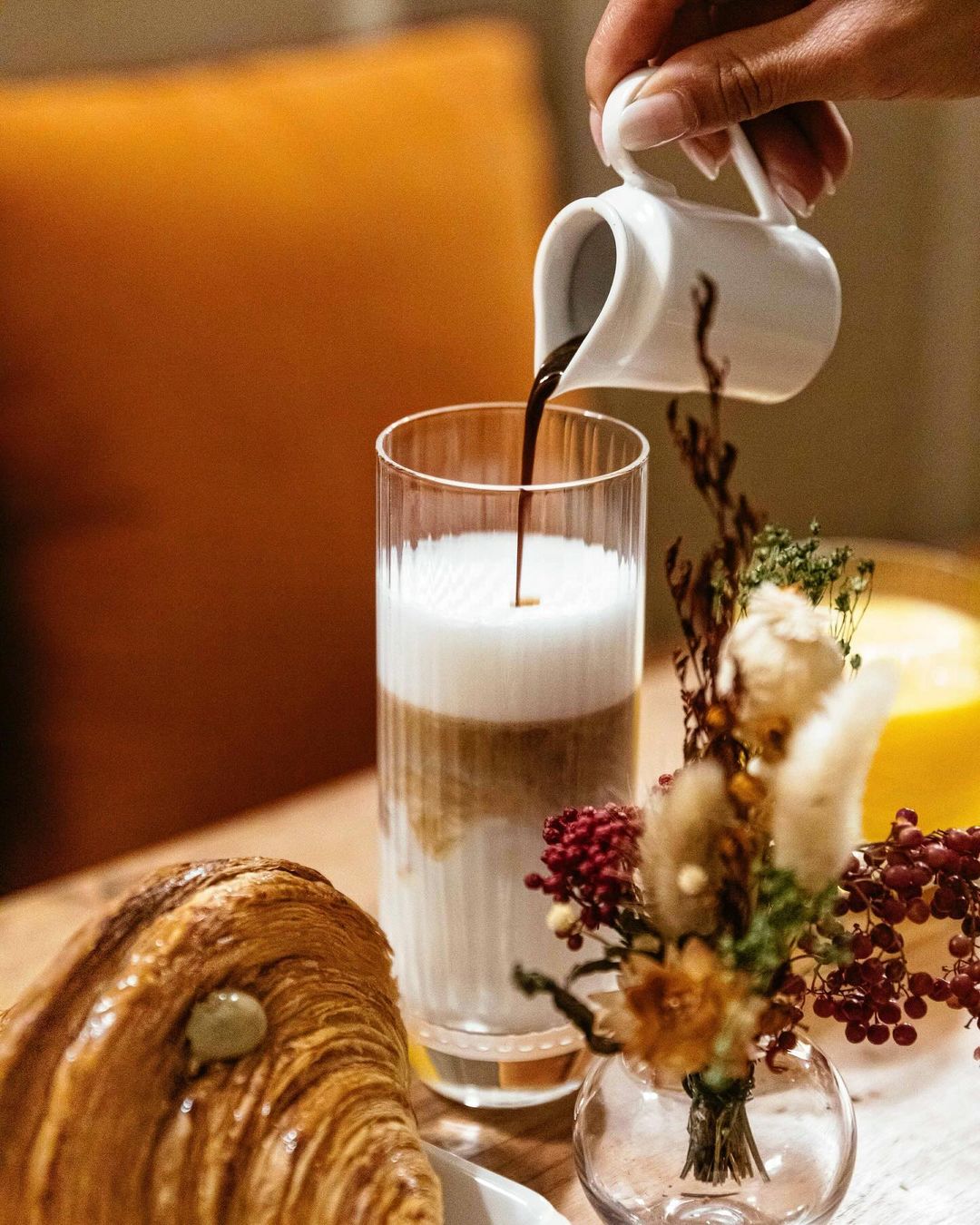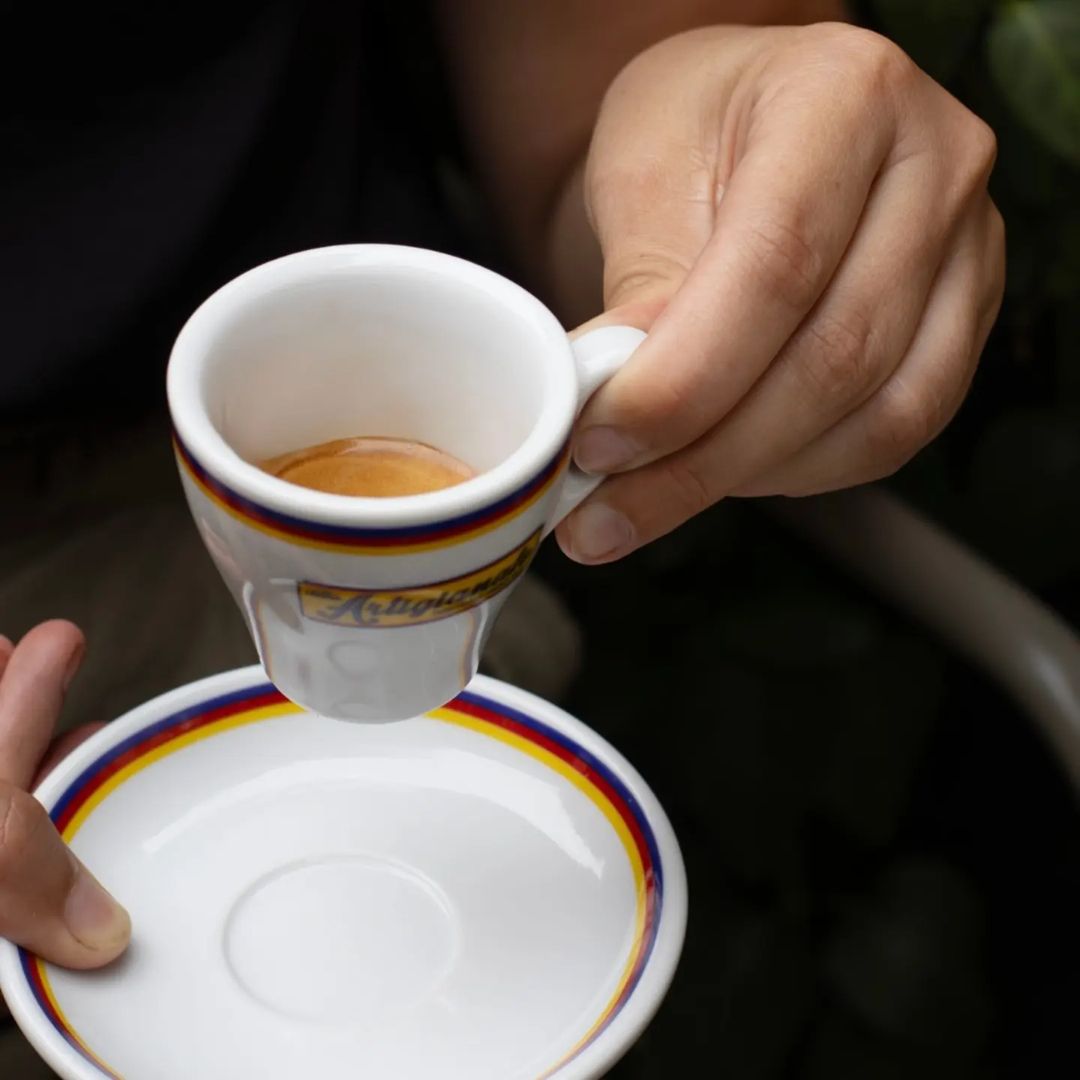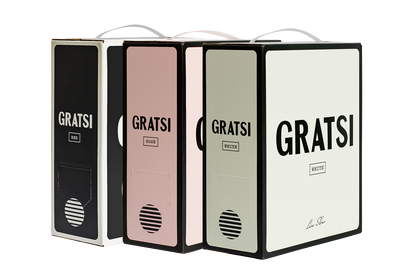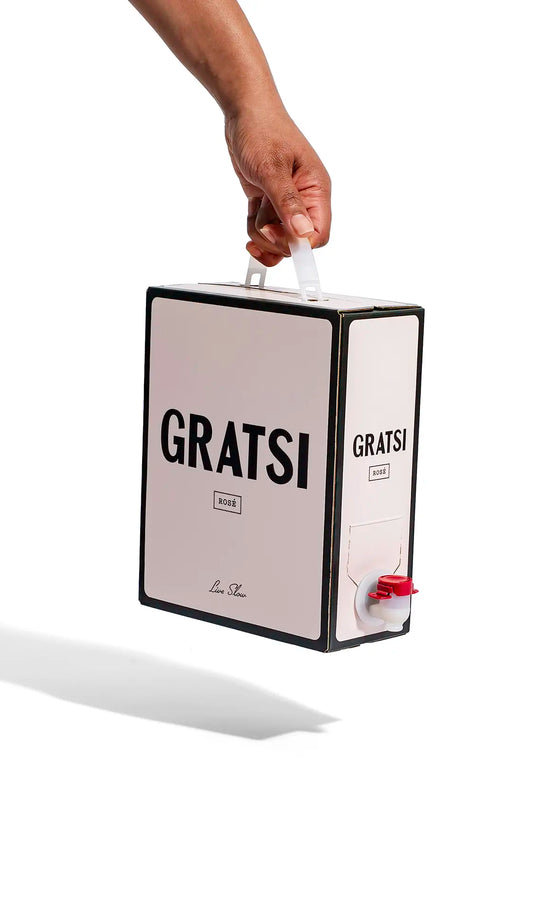The Coffee Ritual in Italy

Rules, rituals and flavor
The Coffee Ritual in Italy
By Silvia Nanetti
November 08, 2024
Introduced in the 1500s, coffee has developed its own culture in Italy. Indeed, the day in Italy is defined by coffee rituals: a cappuccino with breakfast, a caffè macchiato—or two—as an afternoon pick-me-up, and an espresso after dinner.
You will likely find yourself overwhelmed the first time you enter a densely populated bar with Italians scrambling towards the counter waving their receipts in the air. Ordering coffee in Italy is like a ritual dance and if you don’t know the moves, you will be lost (with no coffee might I add)! Here are some tips on how to have a proper Italian coffee ritual.
GOOD MORNING! – Buongiorno!


Start your day with a classic Italian breakfast: a pastry accompanied by a warm, creamy coffee:
Cappuccino: Equal parts espresso, steamed milk, and foamed milk.
Caffè Latte: Espresso with more steamed milk and just a touch of foam.
Latte Macchiato: Steamed milk “marked” with a hint of espresso.
Pro tip: Avoid ordering these drinks after 11 a.m. Italians believe milky coffee is strictly a morning indulgence, never for the afternoon, and definitely not after a meal.


LET’S GET COFFEE! – Andiamo a prendere un caffè
In Italy, “getting a coffee” usually means having an espresso, or simply a caffè—a small but intense shot of coffee. Italians might enjoy a caffè in the afternoon or after a meal as a quick pick-me-up.
Asking for a “caffè doppio” (double espresso) is not very common in Italy, hence, if you need more coffee just stop by your favorite barista throughout the day. Italians do the same!
SHAKE THINGS UP

Italy has perfected countless variations on the classic espresso. If you want to mix up your coffee routine, then you should try:
Caffè Macchiato: For a softer touch, this espresso is “marked” with a splash of frothy milk. Unlike breakfast coffees, this lightly milky option is enjoyed at any time, like a regular espresso.
Caffè Corretto: Literally “corrected coffee,” this espresso comes with a dash of alcohol, like grappa or sambuca.
Caffè Americano: Inspired by American drip coffee, this espresso is diluted with plenty of hot water.
Caffè Lungo: This “long coffee” is an espresso with a bit of hot water but still stronger than an Americano.
A very important aspect about the coffee ritual in Italy is that coffee is usually enjoyed slowly in small cups, so there’s not usually a to-go option.
AT THE BAR – Al banco
In Italy, coffee is typically enjoyed al banco—at the bar, standing alongside friends.
Each of Italy’s 20 regions has its own unique take on coffee. Though espresso is everywhere, each area brings something distinct to the table. In northern Le Marche, try caffè anisette, a subtly anise-flavored coffee; in Sicily, enjoy caffè d’un parrinu, flavored with spices like cloves, cinnamon, and cocoa.

Italian coffee is much more than just a drink, it has become a cultural symbol that represents the art of Italian daily life. It is a moment of pleasure and pause, an opportunity to slow down and fully enjoy the pleasures of life.





